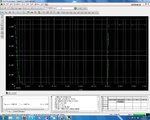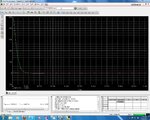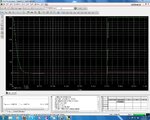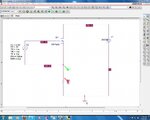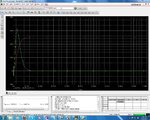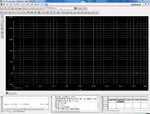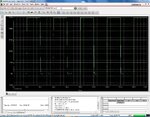goldsmith
Advanced Member level 6

- Joined
- Dec 14, 2010
- Messages
- 3,981
- Helped
- 741
- Reputation
- 1,486
- Reaction score
- 726
- Trophy points
- 1,413
- Location
- Tehran - IRAN
- Activity points
- 24,546
Hi shayaan
Let me simplify it ! at first you need a background about mosfet and bjt . at mosfet if you put 15 volts across the GS junction , the DS will become short circuit . but in fact not completely short circuit . the channel will have a little value of resistance . that called Rdson . it is low . ( and sometimes negligible ) .and for bjt : if you put 0.6 volts ( approx ) across the BE junction , the CE will become short circuit . but here you will have base current ( i.e form mosfet there is not any current for gate . because it has pretty high impedance ) . so as you know IC= beta*ib . hence , when vbe is 0.6 volts , ( or a bit more ) but the base current is limited , thus the collector current is limited .
you understand it ?
Let me simplify it ! at first you need a background about mosfet and bjt . at mosfet if you put 15 volts across the GS junction , the DS will become short circuit . but in fact not completely short circuit . the channel will have a little value of resistance . that called Rdson . it is low . ( and sometimes negligible ) .and for bjt : if you put 0.6 volts ( approx ) across the BE junction , the CE will become short circuit . but here you will have base current ( i.e form mosfet there is not any current for gate . because it has pretty high impedance ) . so as you know IC= beta*ib . hence , when vbe is 0.6 volts , ( or a bit more ) but the base current is limited , thus the collector current is limited .
you understand it ?
Last edited:


